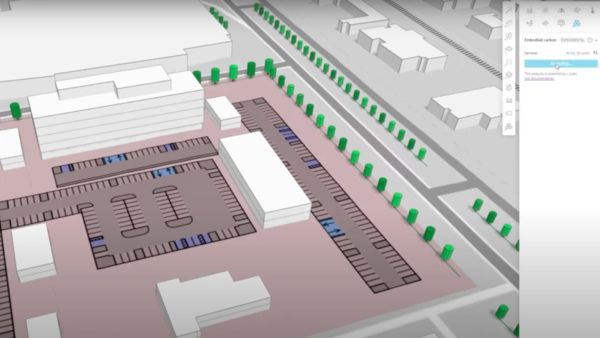The NFB BIM Exemplar programme has provided support to 12 companies within NFB’s membership. The programme has revealed that each company is at a very different stage in the adoption of processes, tools and technology in preparation to meet the mandate for 2016.
The reasons for these differences are many and include a range of internal and external factors and influences. The Exemplar programme has enabled the identification of these influences and some common themes have been developed.
In very broad terms the Exemplar companies can be assigned to one of the following categories:
- Stalled starter
- Internal adopter
- BIM ready
Stalled starters
The stalled starters tend to be characterised by a lack of awareness or understanding of BIM, coupled with the absence of external client drivers for using BIM on projects. There are two main reasons for the lack of an external driver from clients:
- Some stalled starters work mainly with private sector clients who are not subject to the same mandate as the public sector to adopt BIM on the delivery of their projects and as such have little or no incentive to start using BIM;
- Where stalled starters work with public sector clients, there is a lack of understanding of the mandate among those public sector clients. As a result, the adoption of BIM among their client group has either been very slow, or in some cases non-existent.
Furthermore, some of the stalled starters lack the awareness internally of the benefits of BIM or the senior-level support for making the changes needed to meet the 2016 mandate.
Internal Adopters
The internal adopters can be categorised as companies which are yet to see any direct opportunities to use BIM among their client base. However, they have made the strategic decision to ready themselves for the adoption of BIM before 2016, to ensure they are able to meet their clients’ requirements as and when they begin to specify the use of BIM on their projects.
Internal adopters have generally made more progress than the stalled starters either as a result of a greater level of acceptance of the 2016 mandate and a more forward-thinking approach among their senior management team, or as a result of identifying the benefits and efficiencies that adopting BIM processes and tools can bring to their businesses. In a small number of cases the companies have adopted “elements” of BIM to deliver greater efficiencies or closer collaboration with private sector clients.
Consequently, the internal adopters have developed processes internally to foster greater levels of collaboration among their team and with their clients and supply chains and to streamline their information management procedures without necessarily adhering to the guidance and procedures developed to support the implementation of BIM in the public sector. Internal adopters are perhaps held back from being BIM ready simply as a result of the requirement for BIM from their clients.
BIM ready
Companies categorised as BIM ready have a strong awareness of BIM and its benefits among their staff, developed detailed processes and procedures internally, adopted the relevant technologies and tools to meet their requirements and are actively delivering BIM projects with their public sector clients.
A small number of the exemplar companies have progressed to the “BIM ready” stage of maturity, mainly as a result of senior level buy-in. This has enabled them to invest in developing new procedures, technology and staff training. These investments have been followed by the opportunity to start to use BIM on public sector projects in collaboration with their clients and design partners. As a result these companies are starting to gain valuable experience of the realities of using BIM actively during the delivery of projects.
It should be noted that although we have categorised these companies as “BIM ready”, this does not necessarily mean that the projects on which they are working would be classified as reaching BIM Level 2 as identified in the BIM Task Group’s BIM Maturity Model.
It is likely that these projects are still some way off reaching BIM Level 2, but they do incorporate some of the key elements of the BIM process and will realise some of the benefits envisaged. One of the challenges leading on from the Exemplar programme will be capturing the outputs and benefits achieved as part of delivering these BIM projects.
The full report is available on NFB Business & Skills website www.nfbbands.co.uk
Comments
Comments are closed.
















I think there are wonderful opportunities to be gained from using BIM methods in the building Industry.
I have been involved in the building Industry in South Africa for over 40 years. Developing my own projects mainly in housing.
I am a qualified Electrical Engineer and had my own Plumbing company (employing 50 Artisans and 350 Labourers).
I would like to be involved and actively participate in the BIM process.
Please advise how I as a starter may get more involved and be educated in this wonderful and exciting new technology